Houston hoarder is found dead under four-feet of debris inside his townhome after residents who ‘had not seen him in months’ grew concerned over ‘foul odor’
A Houston hoarder was found dead under five feet of rubble in his townhome after residents hadn't seen him in months and became concerned about a “foul odor.”
The decomposed body of the man in his mid-70s was found Friday in a northwest Houston townhome.
Houston police and firefighters responded to calls from neighbors after the odor became “too bad to ignore.” The condition of the house was so alarming that police had to call for help from Texas EquuSearch on Friday to locate the body of a man.
Emergency responders — equipped with Hazmat suits, gloves and masks — recalled the shocking scene as they entered the home. They described being greeted by rats and huge piles of rubble blocking all the paths.
“You think you've seen it all, and then you realize you haven't,” Tim Miller, founder of Texas EkuSearch, told me. ABC-7.
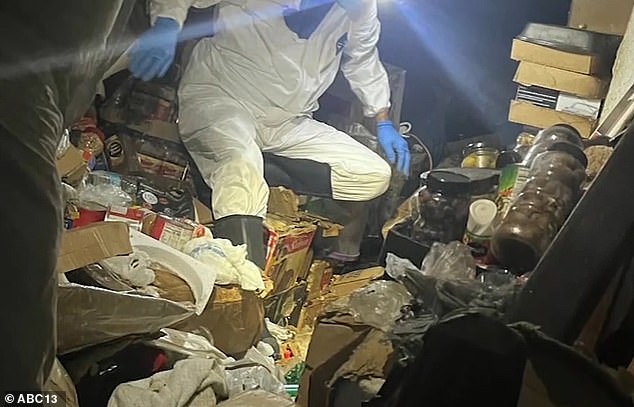
A Houston hoarder was found dead under five feet of rubble in his townhome after residents hadn't seen him in months and worried about a 'foul odor'
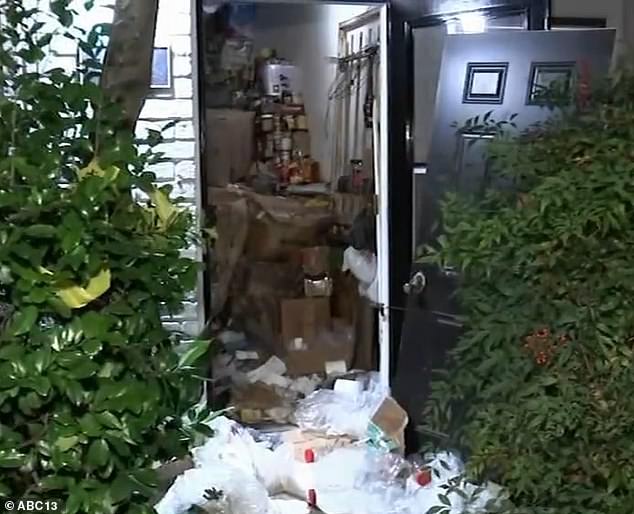
The decomposed body of the man in his mid-70s was found Friday in a northwest Houston townhome
Health and safety concerns caused delays in efforts to dig through the rubble and uncover the man's body.
Officials told ABC13 there was nowhere to walk to.
Miller said a cadaver dog found the badly decomposed body after clearing nearly five feet of debris.
“I don't understand how anyone could live in these conditions,” Neil Zimmerman, a neighbor, told the newspaper.
The homeowner, who neighbors said had not been seen in months, was known for his hoarding problem in the community.
Neighbors said the crisis had developed over the years. They previously tried to help the man, but he refused to accept further help when a government agency wanted to eradicate the rats in his home, which he called his “pets.”

They described being greeted by rats and huge piles of rubble blocking all the paths
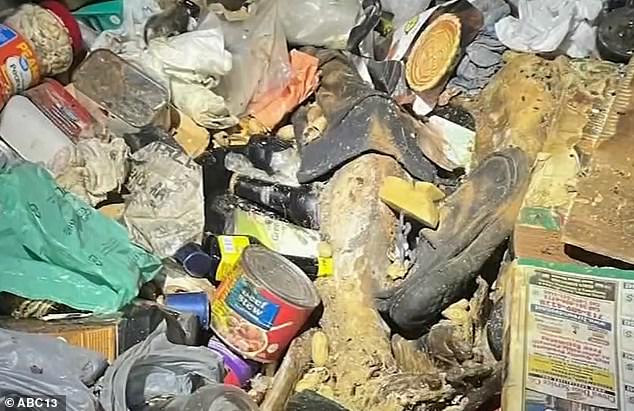
The homeowner, who neighbors said had not been seen in months, was known for his hoarding problem in the community
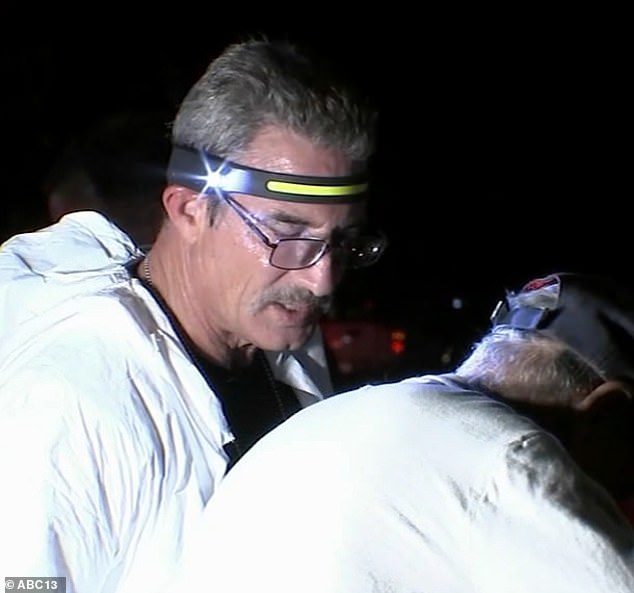
Emergency workers – equipped with Hazmat suits, gloves and masks – recalled the shocking scene as they entered the house
Luis Miranda, a homeowner board member who helped evacuate the home, said the stench was too foul to ignore.
“When I knocked, as soon as I opened the screen I smelled the bad odor,” Miranda told ABC 13.
'I didn't think we'd get all the boxes out of the way. They just attacked him,” he added.
Neighbors said they wished they could have helped the man quickly and said they felt terrible that no one came to check on him, but they felt like they did everything they could.
'It's super sad. No one is here to claim him or control him,” Miranda said. “I feel like we did what we could, but there was nowhere else to go. We tried the city. We just couldn't get help for him.”
The cost of the expensive hazmat bill will likely fall to the homeowners' association, board members told ABC 13.
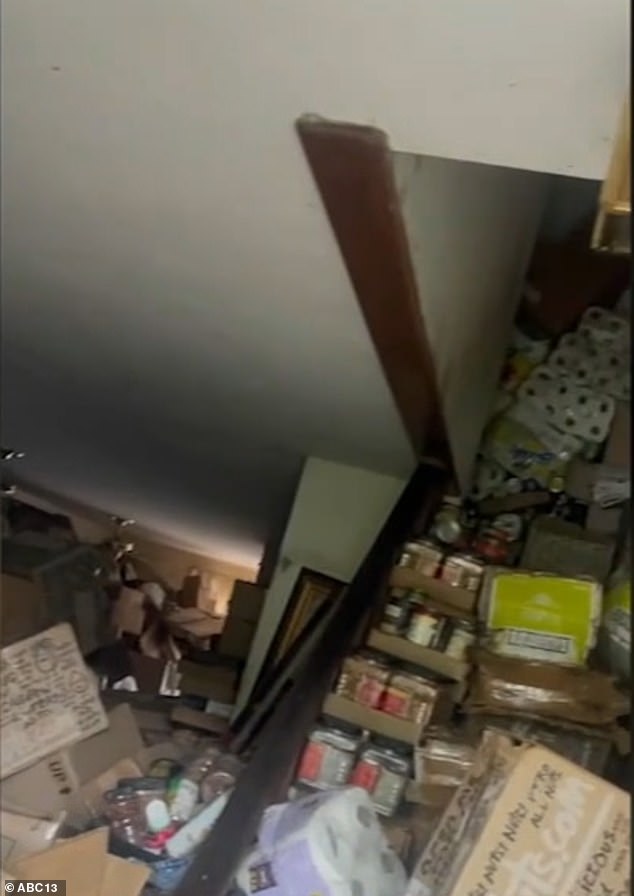
Neighbors said the crisis had developed over the years. They previously tried to help the man, but he refused to accept further help when a government agency wanted to eradicate the rats in his home, which he called his “pets.”
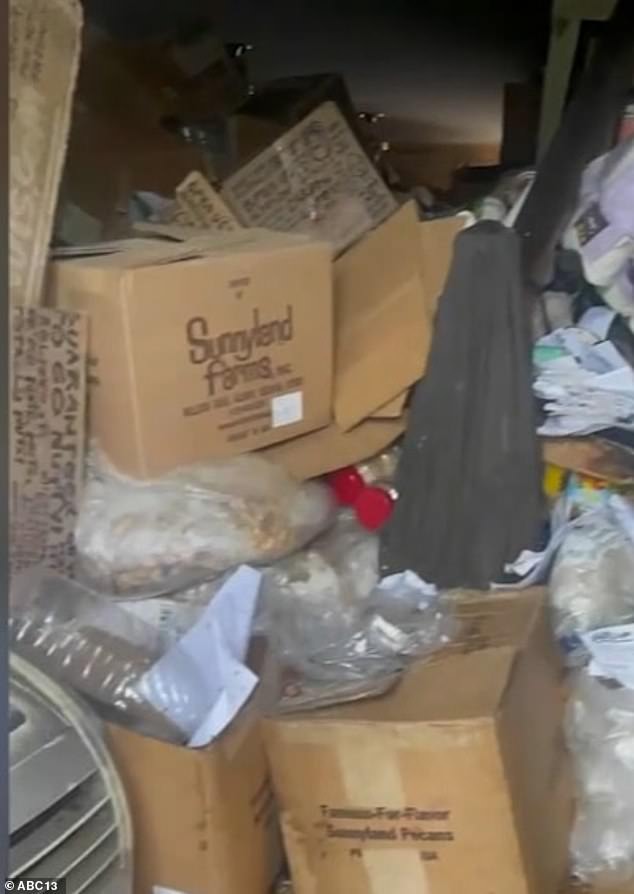
The cost of the expensive Hazmat bill will likely fall to the homeowners association

Houston police and firefighters responded to calls from neighbors Friday after the smell was 'too bad to ignore'
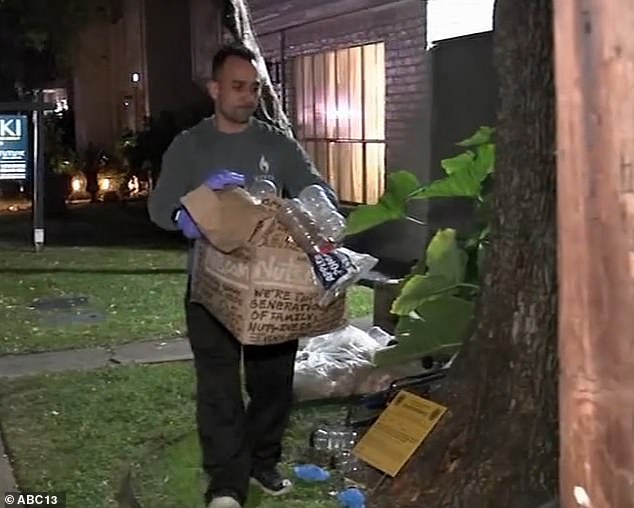
Health and safety concerns caused delays in efforts to dig through the rubble and uncover the man's body
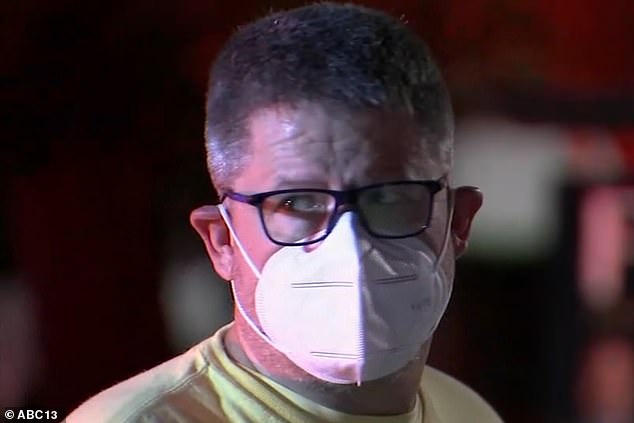
Neighbors said they wished they could have helped the man quickly and said they hated that no one came to check on him, but they felt like they did everything they could.
The Harris County Institute of Forensic Sciences recovered the body from the scene.
A cause of death has not yet been announced.
Experts said they have seen an increase in hoarding since the Covid-19 pandemic.
Hoarding has become increasingly common during the Covid pandemic and experts blame a combination of fear, sadness and the convenience of one-click shopping, according to an October report.
More extreme than the tendency to hold on to a few trinkets for sentimental value or stock up on a few extra packs of toilet paper, hoarding behavior is often a symptom of more serious anxiety or an obsessive-compulsive issue.
Before the Covid-19 pandemic gripped the world, between two and three percent of the world's population were obsessive hoarders. But this rate is believed to have increased by four percent since spring 2020.
Cleaning crews bravely walking through crowded apartments often collect hundreds, if not tons, of trash. It is also not uncommon to uncover long-dead pets and human feces.
People who struggled with mental health conditions like OCD before the pandemic saw their symptoms worsen when much of society went into extended lockdown and was suddenly deprived of easy access to treatment and support from loved ones.
Psychiatrists have classified hoarding disorder as a separate diagnosis, although it has traditionally been considered a form of obsessive-compulsive disorder, which affects approximately 2.5 million adults, or 1.2 percent of the U.S. population.
In the early stages of the pandemic's outbreak, when the new virus and where it came from were still shrouded in mystery, the world was forced into mandatory quarantine periods when it seemed as if a large part of people's lives were suddenly out of their control lay.
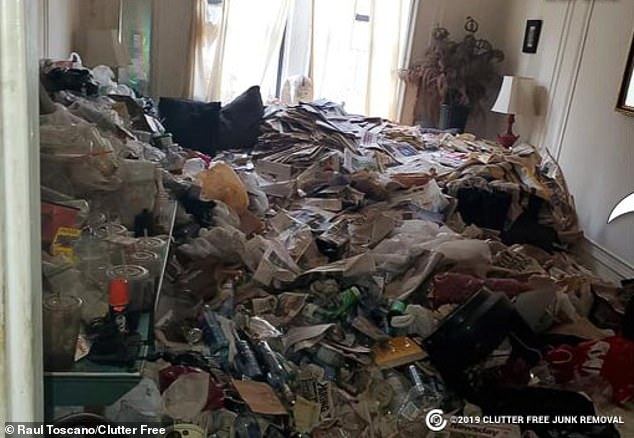
A cleaning crew focused on hoarding took a photo of empty food containers, bottles, newspapers and trash piled waist-high in the living room of an elegant antebellum apartment building in New York City
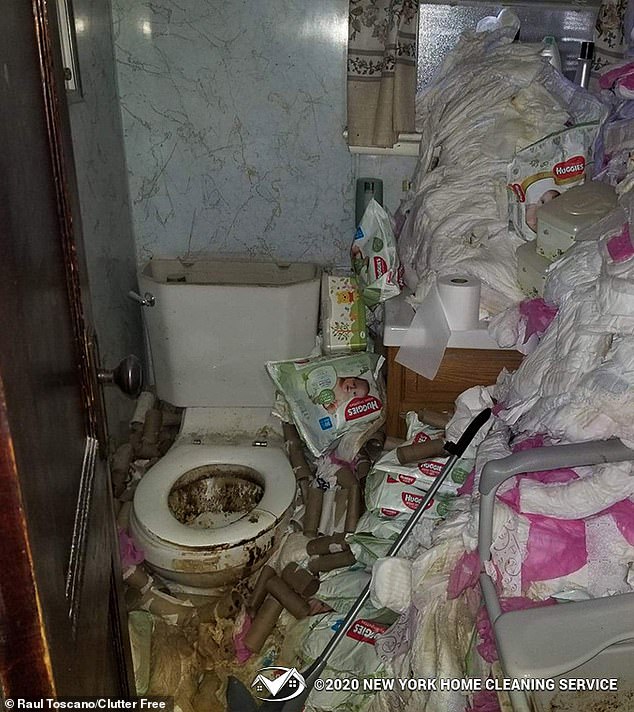
They found hundreds of used toilet paper rolls, baby wipes and trash making the bathroom of this chic apartment inaccessible
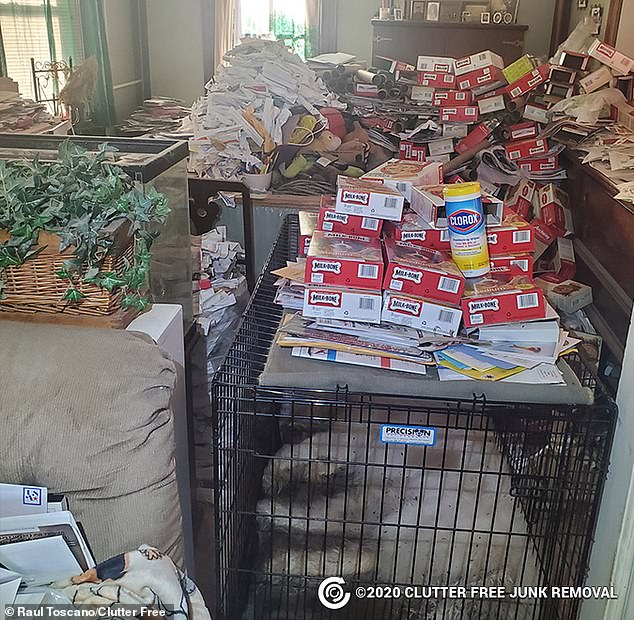
It is not uncommon for hoarders to collect animals thinking they are doing them a favor. In reality, these environments are not suitable for animals. The cleaning crew discovered a dead husky in his suitcase in a posh New York apartment building
Dr. David Nathan, a psychologist at Minneapolis-based Allina Health, told UPI, “As the pandemic has been a very difficult experience for everyone involved, we saw an increase in all stress responses, and that includes an increase in hoarding behavior.”
Hoarding disorder usually begins to manifest during adolescence and snowballs from then on.
Severe hoarding is therefore more common in older adults than in younger adults.
Although hoarding is the diagnosis itself, its links to OCD have long been known.
